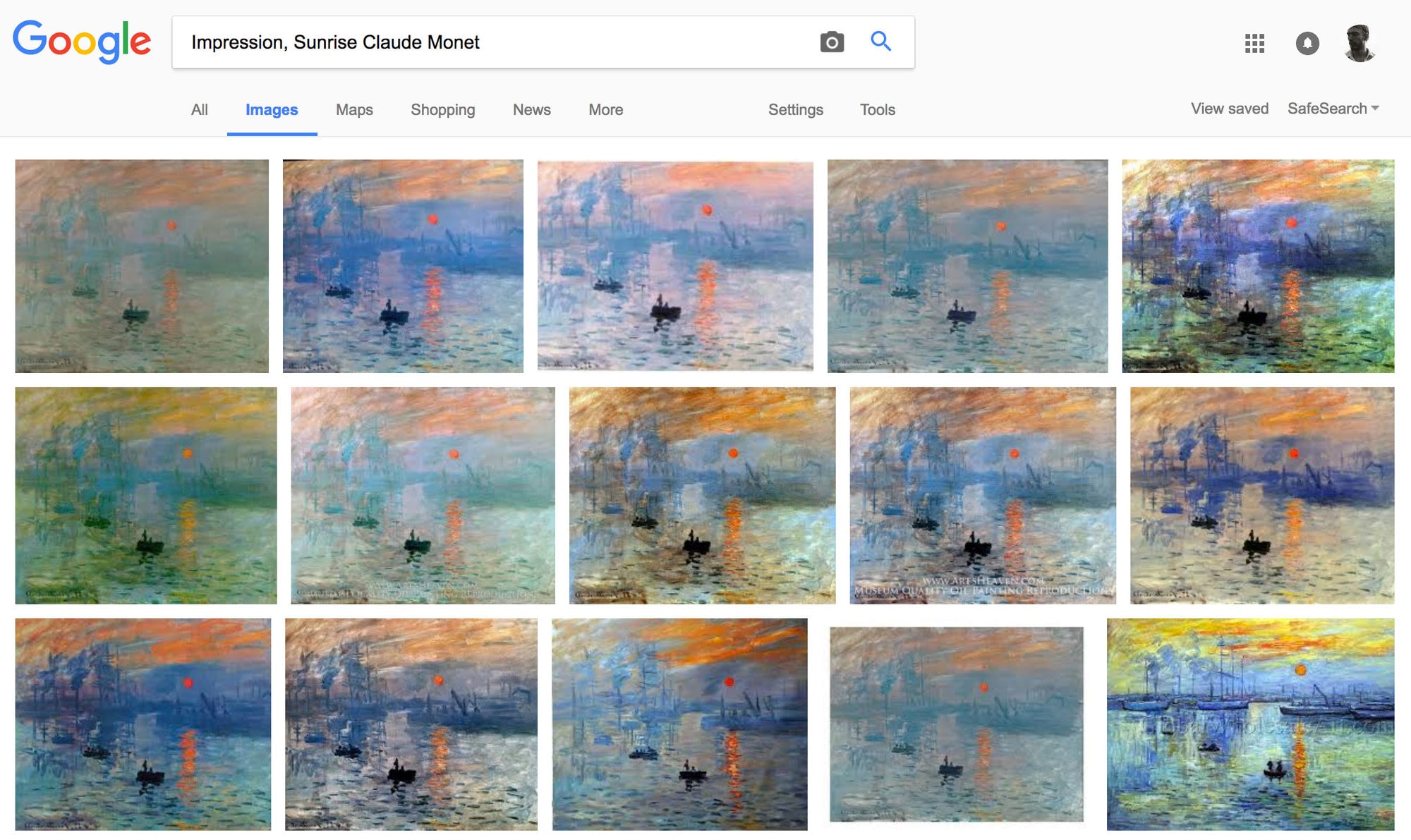Costa Compagnie was preparing the Empire of Oil 360° movie to show at Ballhaus Ost in Berlin.
Two days before the premiere:

Mira Hirtz has a good write-up on how abstractions and representations of things become the things they meant to represent.
With regards to representations, one phenomenon that I particularly like is what I call interference. It happens when something, through its idiosyncratic existence, leaves traces in the outside world. Traces that show some of the object’s properties in a concise way.
Just look at these photographs:
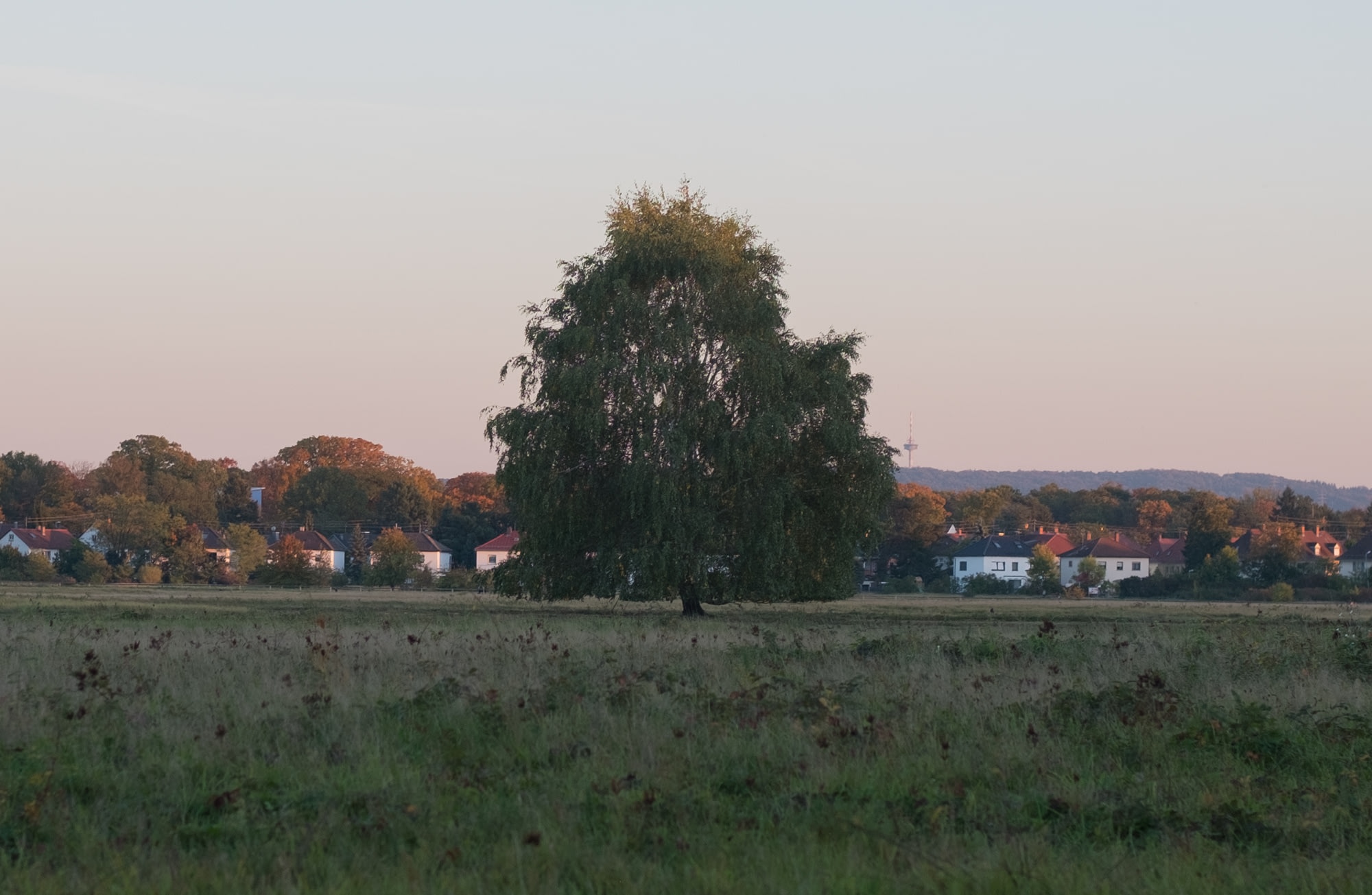
Taken in Karlsruhe.
And the next one in the Alps, but that doesn’t matter that much:
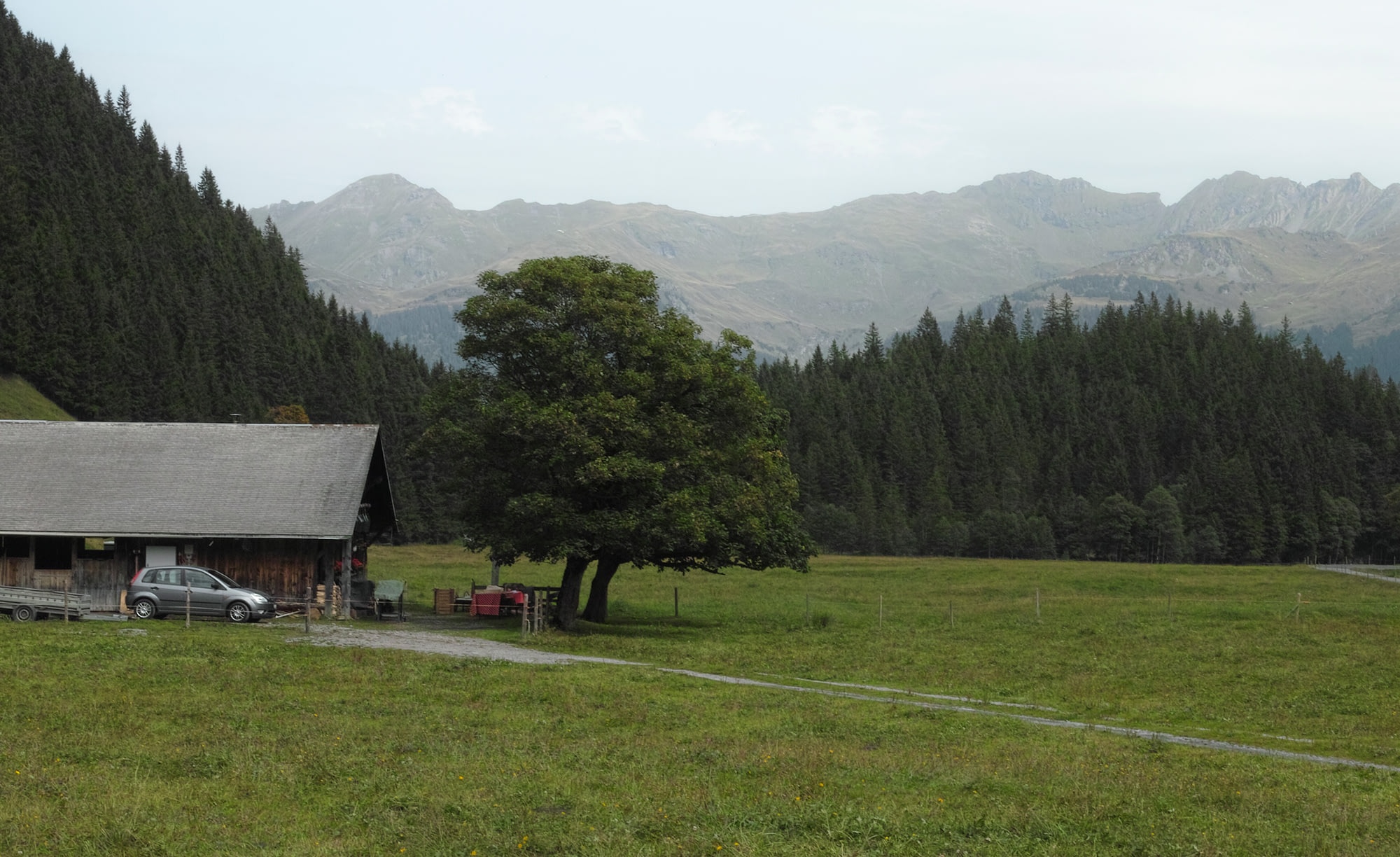
The top one I call Rabbits, while the lower one is called Cows.
This kind of cow and rabbit representation contains no information about their fur or their big faithful eyes - or any of the stuff that would be discernible from an animal drawing. Instead, it offers a one-dimensional but precise documentation that the animals are present, they are hungry, they eat tree leaves and are just around this tall.
Mira also made a point that illustration of female sexual organs shape the idea of what [female] pleasure should be like.
I guess, the most suitable metaphor for the general understanding of female genitals I ever encountered is the Vertical Earth Kilometer in Kassel.
It is an artwork by Walter De Maria - a two-inch thick solid brass rod that extend one kilometer down into the earth.
On any arbitrary point on this planet a Vertical Earth Kilometer exists, though it is not perceived as such. Only through its measurement, through a penetration of earth by a thick rod, is it getting a representation that can be communicated easily. Furthermore, the existence of the rod is purely speculative at this point in time. Sure, there must be eye witnesses that observed the rod being driven into the earth over 29 days, or, to put it differently, over a full moon cycle. But the visitors have no means to verify it: the rod is hidden from view. Yet even the theoretical existence of the rod is enough for a Vertical Earth Kilometer to exist.
Comparing this situation to the general understanding of male and female genitalia is left as an excercise to the reader.
What can not be represented, does not exist conceptually. Luckily, with new imaging techniques, female sexual organs are starting to be represented not as absence of a rod but as complex three-dimensional organs they are.
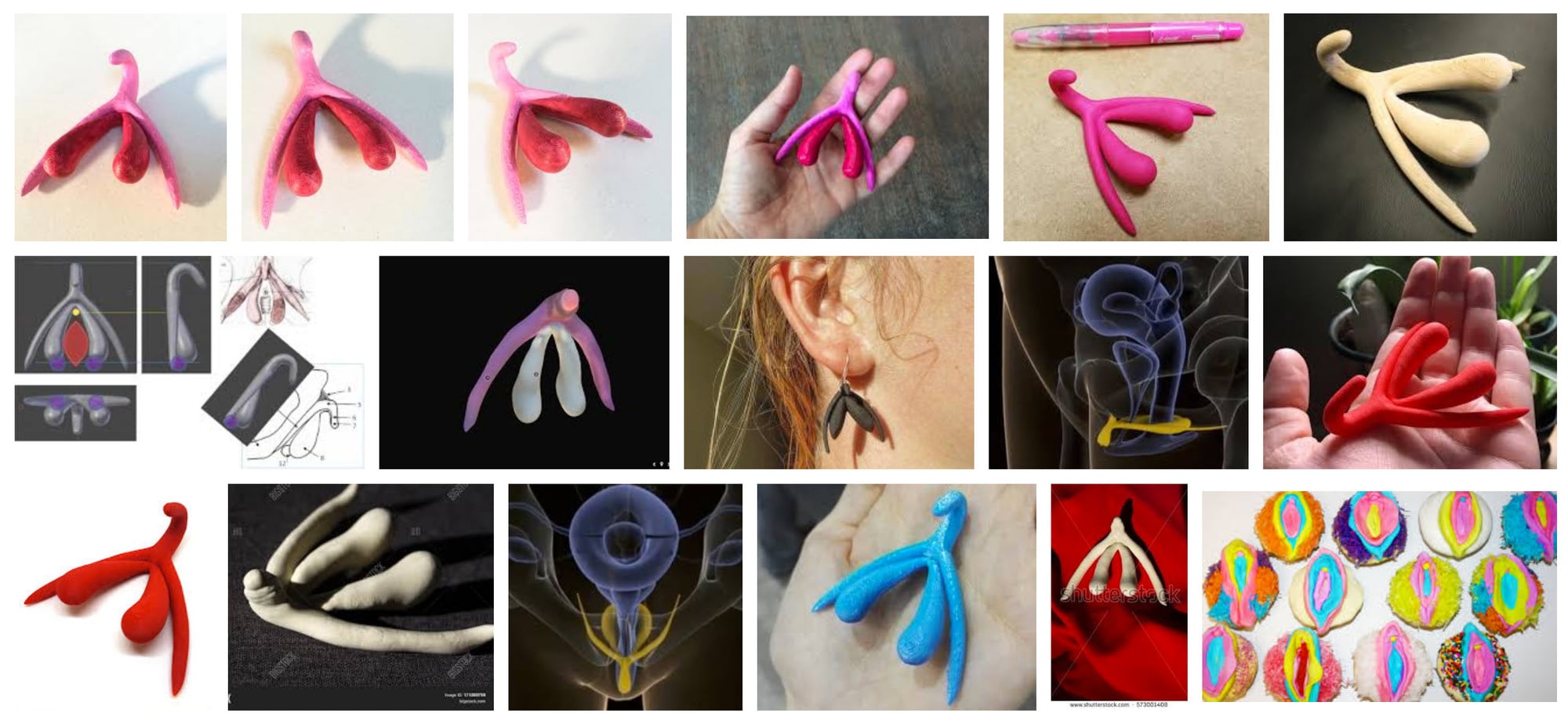
It is always great fun to try and find patterns in vast amounts of data. Sometimes you find causation, other times just spurious correlation, but it’s a great excercise and the insight you get can be surprising.
For a while, I have been wearing a light sensor that measures the surrounding light. The light that is around us, everywhere we go. It’s intensity and color. These graphs below are just two data points from January and April. Each horizontal pixel represents one minute, with data ranging from 6 am to 8 pm. You can see how the light changes from winter to spring, but as I know my daily routines, looking at these data reminds me of the course of events on the represented days.
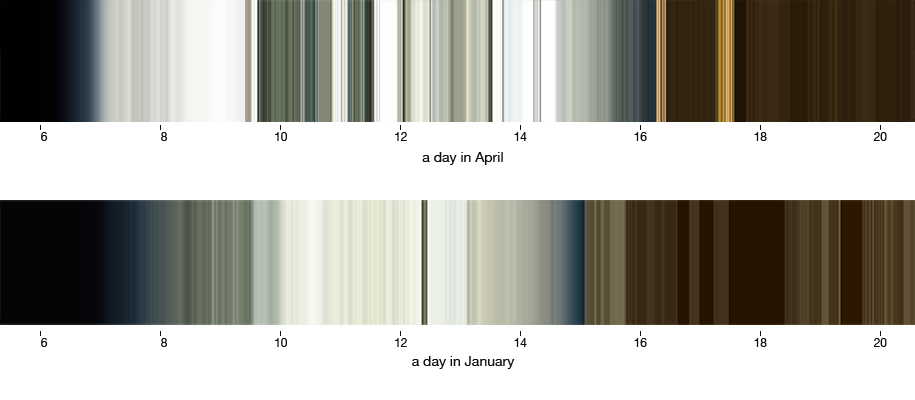
Changes over time can be shown well in a time lapse animation.
My nephew’s laptop is so old, he can’t play fifa. Instead, he animates soccer games in Powerpoint.
I had a simple dream. A dream of embedding videos in a web page without using third party services such as youtube or vimeo. For a while it seemed that I found the solution: using ffmpeg to convert the source videos to highly optimized h264 mp4 files. I wrote about my process before. The drawback is, that you only get one quality setting. Use a high bitrate and the video will load slowly or stutter on slow connections. Use a low bitrate and it will load smoothly but never looked quite as beautiful as it should. You can never win.
Luckily, there is a solution: Dynamic Adaptive Streaming over HTTP (MPEG-DASH). The concept is quite simple: you generate a few versions of your video with different bitrates, a manifest file that links to those versions, and let the browser decide - according to the current bandwidth - which version to load.
But see for yourself:
A single page with three autoplaying videos, using the standard html5 video.
And the same page, but with MPEG DASH.
Every modern browser supports MPEG-DASH through the use of media source extensions. Well, except iOS Safari and Opera Mini. For those, an additional HLS stream - or a fallback to a normal mp4 file - can be used. Media source extension support in the browsers means that you still have to use an additional js player such as dash.js or shaka player to play your MPEG DASH streams.
So, lets convert our videos with some command line magic. You will need ffmpeg for the conversion and MP4box(part of gpac) to create the manifest file. On a mac, the easiest way to get those is through Homebrew.
brew install ffmpeg gpacConvert the source file called input.mov into an audio file and two video files:
ffmpeg -y -i "input.mov" -c:a aac -b:a 192k -vn "output_audio.m4a"
ffmpeg -y -i "input.mov" -preset slow -tune film -vsync passthrough -an -c:v libx264 -x264opts 'keyint=25:min-keyint=25:no-scenecut' -crf 22 -maxrate 5000k -bufsize 10000k -pix_fmt yuv420p -f mp4 "output_5000.mp4"
ffmpeg -y -i "input.mov" -preset slow -tune film -vsync passthrough -an -c:v libx264 -x264opts 'keyint=25:min-keyint=25:no-scenecut' -crf 23 -maxrate 2000k -bufsize 4000k -pix_fmt yuv420p -f mp4 "output_2000.mp4"What do all those options mean?

